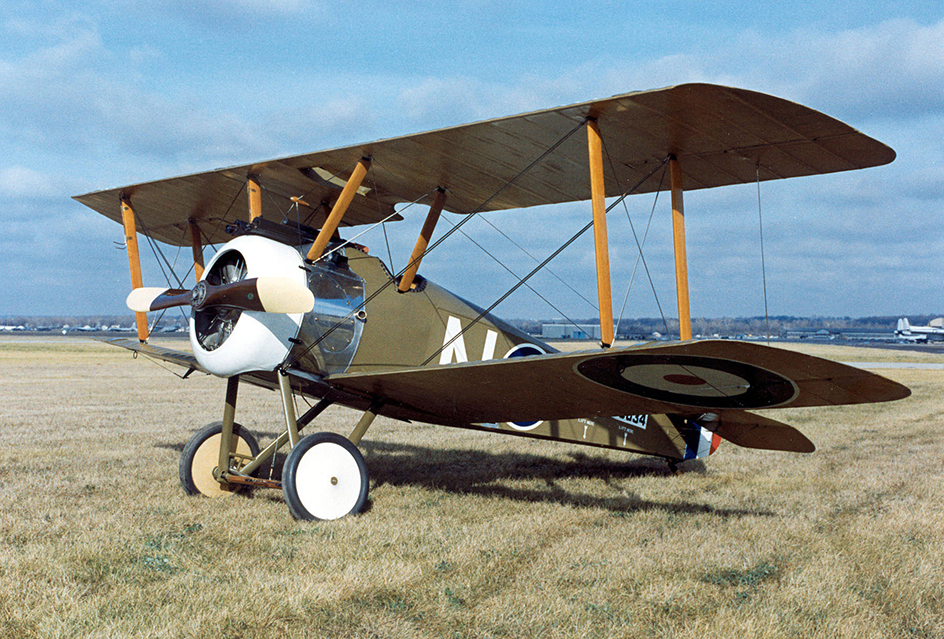Sopwith Aviation Company was a famous British aircraft manufacturer. It was named for its founder, Thomas Octave Murdoch Sopwith. During World War I (1914-1918), the company produced many of the United Kingdom’s most important warplanes.
British pilot and engineer Thomas Sopwith opened the Sopwith Aviation Company in 1912. The British military began using Sopwith planes early in World War I. Nearly all Sopwith aircraft were single-engine biplanes—that is, planes with two wings on each side, one above the other.

In 1916, Sopwith introduced a highly successful fighter plane, the Scout (also called the Pup). The company’s most famous aircraft, the Sopwith Camel, appeared in 1917. The Camel’s fuselage (body) had an aerodynamic hump, called a fairing, over the forward guns. The hump gave the plane a “camel-like” appearance. More than 5,000 Camels were built during World War I. Camels shot down more enemy planes than any other Allied fighter during the war.
The 1917 Sopwith Triplane had three wings on each side. It inspired a more famous German fighter, the Fokker Dr. 1 triplane. Sopwith’s final two fighters—the Dolphin and Snipe—appeared in 1918. Due to their animal names, Sopwith warplanes were popularly known as the “Sopwith Zoo.” Sopwith produced some 18,000 aircraft during World War I.
The Sopwith Aviation Company closed in 1920. Thomas Sopwith later cofounded the H. G. Hawker Engineering Company. Hawker went on to produce a number of important civilian and military aircraft.
See also Aviation (Beginnings) ; Fokker ; Hawker, Harry George ; World War I (The war in the air) .
